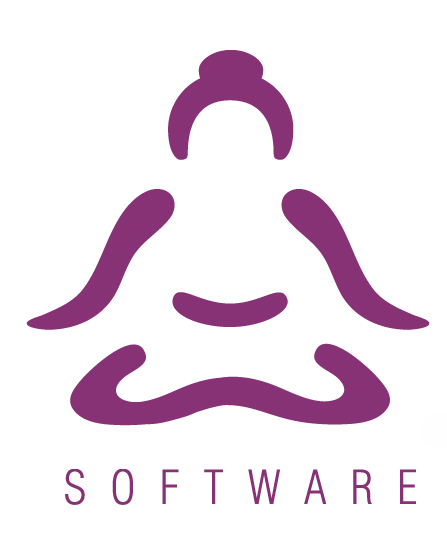Software Consolidation Can Be Good Budget Strategy
Colleges and Universities host many events from conferences to banquets to expos and even sports and other youth camps. These events often include the need for catering, technology, and housing overnight guests. All these moving parts often require multiple different departments to be connected and aware of what is happening at any second. However, most times these departments use different applications.
Wouldn’t it be much easier if each department could be updated on this information in real time, rather than waiting for an events office to send out the different information to everyone that needs to be contacted? When hosting large events, it is hard to remember to keep everyone up to date and informed, especially when hosting multiple events each day. That is why investing in a comprehensive, event system is a fiscally responsible strategy for many campuses. A software that allows for unlimited events as well as unlimited seats is a smart move if you are a large venue that organizes many events. Why should schools continue paying service and maintenance fees for many different, disconnected systems when they can consolidate into one solution?
Consolidating software, which involves combining or centralizing various software applications or systems, can offer several benefits for organizations. Here are some of the key advantages:
- Cost Savings:
- Licensing and Maintenance: Fewer software applications mean fewer licenses to purchase and maintain, reducing overall costs.
- Infrastructure: Consolidation can lead to streamlined infrastructure requirements, saving on hardware and associated costs.
- Efficiency and Streamlining:
- Workflow Optimization: Consolidating software can eliminate redundancies and streamline workflows, leading to increased efficiency.
- Data Integration: Centralizing software can facilitate better integration of data and processes across different departments or functions.
- Improved Productivity:
- User Training: Fewer software applications mean less time and resources spent on training users, leading to quicker adoption and improved productivity.
- Ease of Use: A consolidated software environment can provide a more cohesive user experience, reducing the learning curve for employees.
- Enhanced Security:
- Centralized Security Measures: Consolidation allows for centralized security measures, making it easier to manage and enforce security protocols.
- Reduced Attack Surface: Fewer software applications mean a smaller attack surface, reducing the potential vulnerabilities in the organization’s digital infrastructure.
- Better Collaboration:
- Unified Communication: Consolidated software can facilitate better communication and collaboration between different teams and departments.
- Shared Information: Centralized data and information can lead to better collaboration and decision-making across the organization.
- Easier Maintenance and Upgrades:
- Simplified Updates: Managing updates and patches is easier with fewer software applications, reducing the risk of compatibility issues.
- Centralized Support: Consolidation allows for centralized support and maintenance, making it more efficient to address issues and provide updates.
- Scalability:
- Adaptability: A consolidated software environment is often more adaptable and scalable to meet the evolving needs of the organization.
- Resource Optimization: Scaling resources becomes more efficient when dealing with a consolidated software infrastructure.
- Regulatory Compliance:
- Easier Auditing: Consolidated software makes it easier to track and audit processes, ensuring compliance with regulatory requirements.
- Data Governance: Centralizing data management can help in implementing and enforcing data governance policies more effectively.
- Vendor Management:
- Simplified Vendor Relationships: Dealing with fewer software vendors simplifies the management of relationships, contracts, and negotiations.
- Cost Negotiations: Consolidation may provide the organization with more bargaining power when negotiating with software vendors.
- Future-Proofing:
- Technology Alignment: Consolidation allows for better alignment with current technology trends and prepares the organization for future advancements.
- Reduced Legacy Systems: Phasing out redundant or obsolete software reduces reliance on outdated systems, improving long-term sustainability.
While consolidating software can offer numerous benefits, it’s essential for organizations to carefully plan and execute the consolidation process to avoid potential pitfalls and disruptions.
Look no further than Event Guru Software and Registration Guru Software where events are made simple. For campuses, Event Guru Software integrates with 25Live so the academic schedule is seamlessly connected with your event schedule. The software also interfaces with various payment providers including TouchNet, Transact Campus, Authorize.Net, Elavon, and ACI. Google Calendar and Microsoft Outlook can also be tied in using an iCal feed.
Set up a demo with Event Guru Software to learn more about what this software is really capable of!



